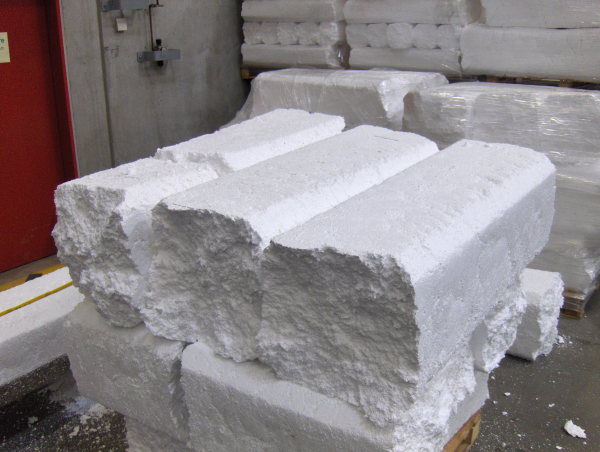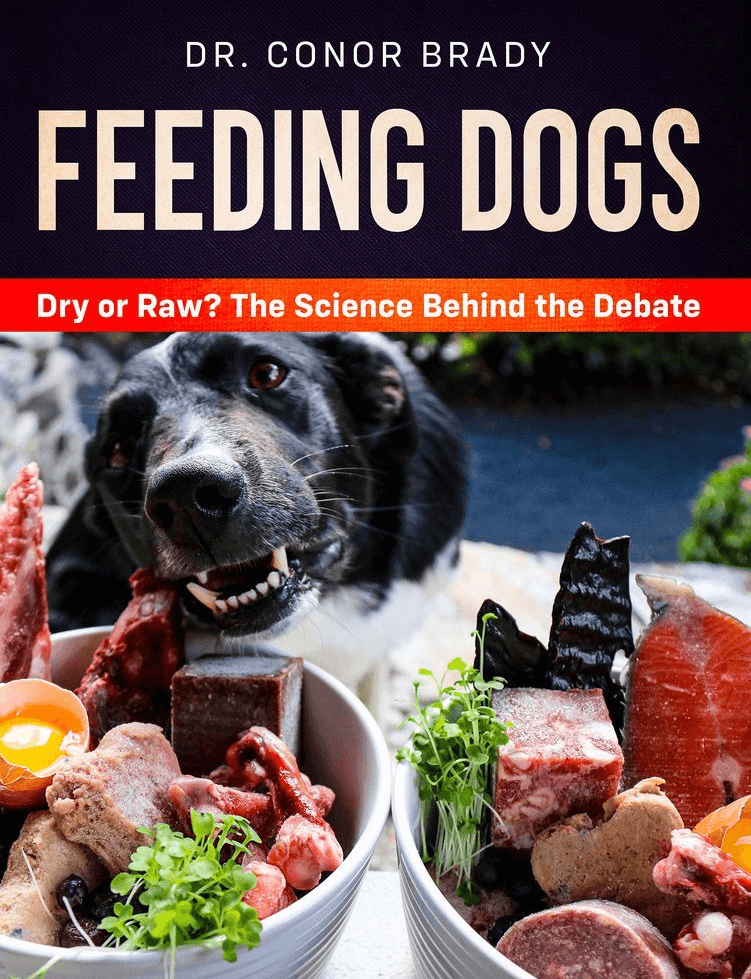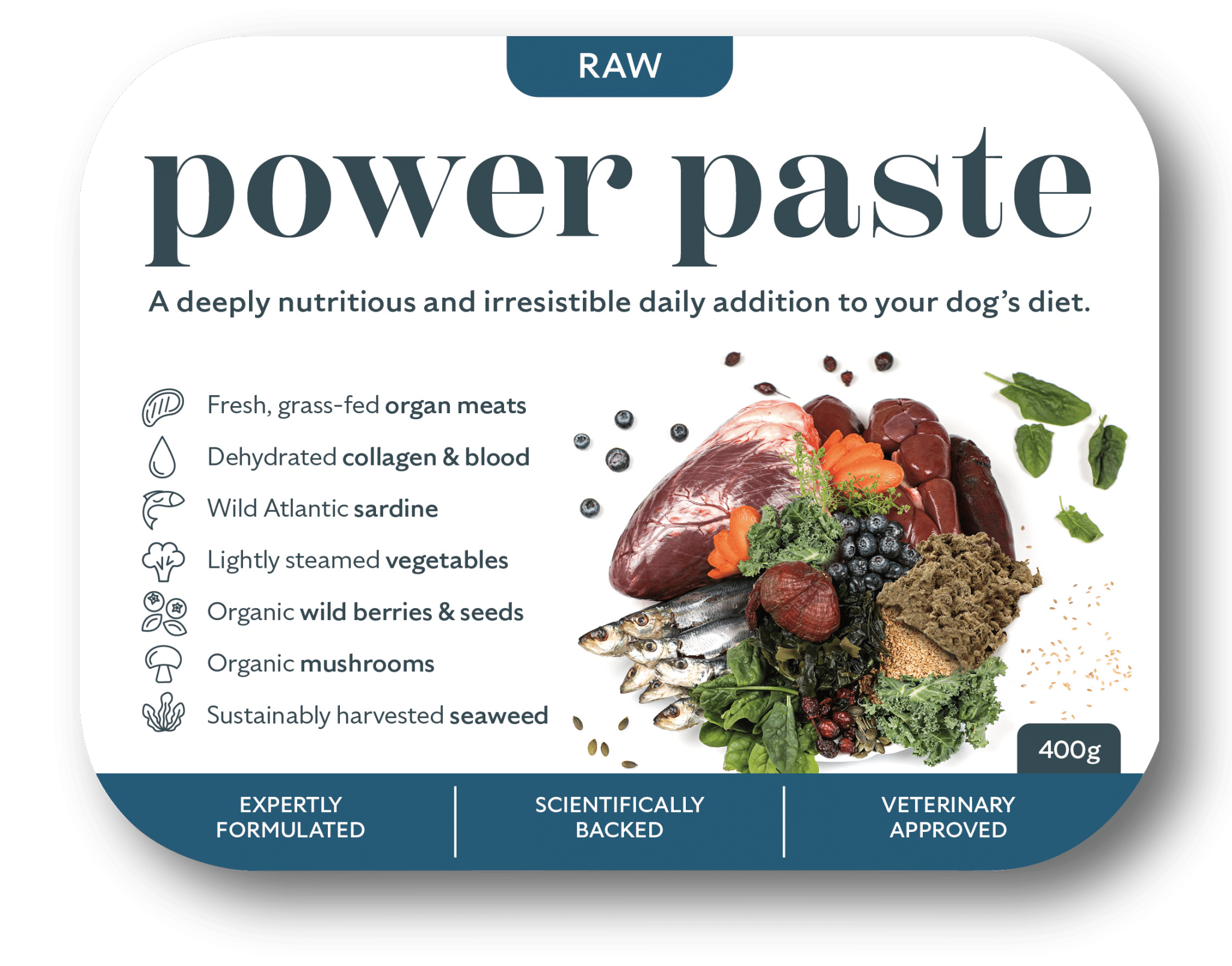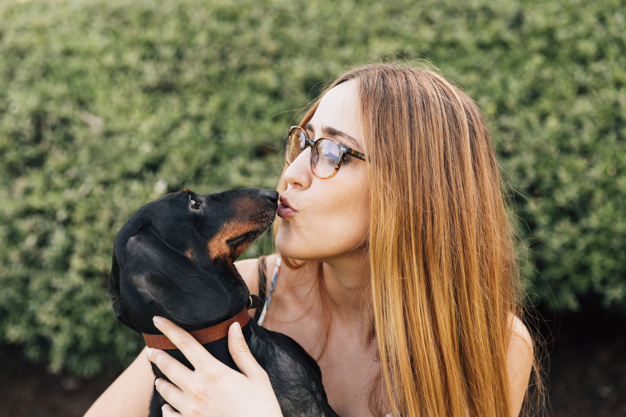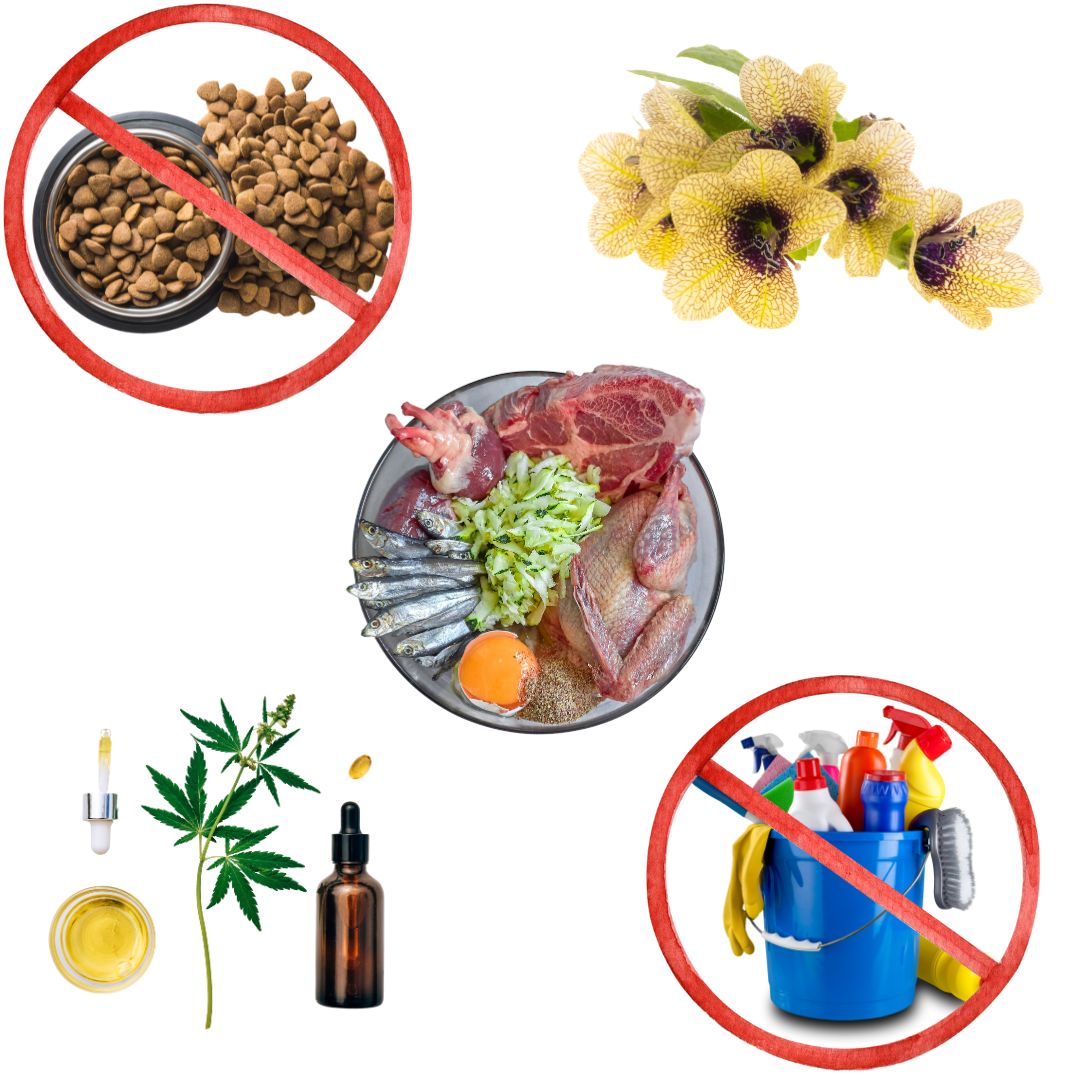What to do With all Your PolyStyrene Boxes
There is no alternative to a fresh meat diet for dogs and cats. However, the whole process comes with many costs. And no, the financial cost is not one of them as you can feed them fresh food for the same price as dry dog food, if you’re willing to make up their fresh meal yourself.
One very real cost is to the animals used to make the product. For vegetarians, that’s a very real and often distressing thought. Those people must thus make better decisions. Use locally produced products for one, guaranteeing slightly better welfare than meat coming from countries that are less strictly patrolled. Also, importantly, you need to verify with your products of choice do not contain un-stunned meat, which they very often do, as it is not required to be labelled as such on the label.
Another very real cost is environmental. A meat diet is not good for the environment, meat producing so much more CO2 than veg. Those concerned about the CO2 cost of their diet should choose white meat based products such as chicken, turkey, fish which have around 1/2 the environmental impact of red meat.
Then there is all the Polystyrene boxes. Here’s a few ideas in that respect:
1. Make a Cat / Hedgehog Bed From a PolyStyrene Box
Expanded Polystyrene Boxes are incredible insulators. They therefore make excellent beds. Simply wash your EPS box out, place a cushion inside, and you’re done! Pups and dogs that like to destroy things will have a field day with your latest effort but most will love the heat retention it offers. See if your local shelter wants some?!


2. Recycle Polystyrene Boxes in Your Garden
Expanded PolyStyrene (EPS) does not degrade. This makes it a bit of a nuisance from a landfill perspective (although at least it doesn’t seep into our water table). However, it does make them useful in plant pots. Simply break your EPS box up into little pieces and line the bottom of large pots and plant beds to increase aeration (and lessening the overall weight of the pot).
That aside, they make excellent grow boxes. They’re light so you can move them around. They’re very durable. You can stack them anyway you want. You can poke holes in them should you need to. They keep the heat in / out. Most importantly slugs and snails do not like climbing on them, protecting your goodies inside.
You can grow anything you like in them. Herbs. Lettuce. Or a whole host of beautiful flowers. Remember, if you wish to keep them growing longer through the year, you will need to remove the flower tops before they go to seed, since this signals to the plant that it is time to die.


3. Make a Herb Garden for Your Pet!
Ever since Jo spoke at this years Your Natural Dog Seminar 2017, I have been fascinated with Animal ZooPharmacognosy. We’ve all seen our dogs out there munching on grass. But not any old grass. They’re not cows. They carefully select a particular type. And then only the tops. There a few theories for this behaviour but it’s almost certainly nutritional, whereby the grass is aiding in digestion, perhaps inducing a poo, or a vomit, or perhaps there are very valuable phytochemicals inside that they feel they need at the time. Also, a good belly fully of grass, which doesn’t digest for the large part, is expected to rub the intestines down, removing parasites. ZooPharmacognosy takes this process a small step further whereby, given the right plants and herbs to choose from, your pet will self-medicate, essentially treating itself for whatever ailment is bothering her at the time. What’s more you don’t need to worry about the potential side effects.
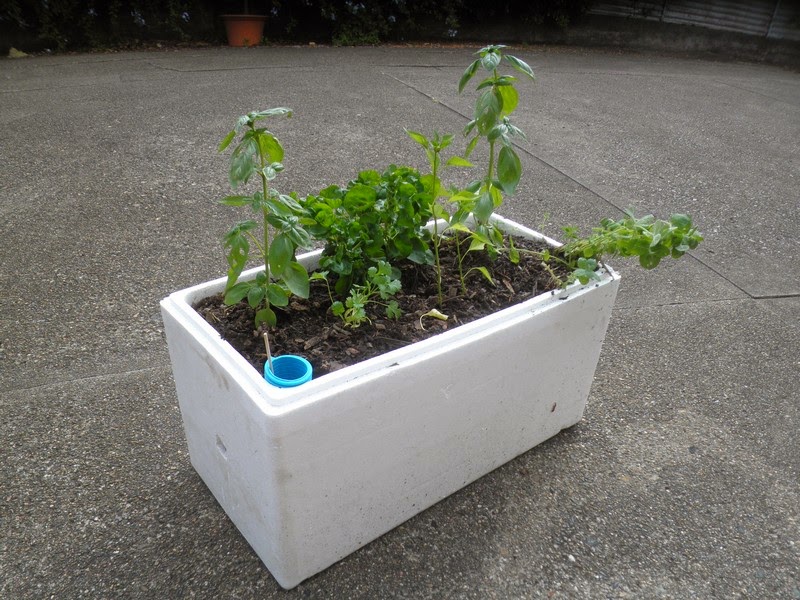
It’s easy to grow a healing garden for your cat or dog. Below I’ve listed a few plants that are not only easy to grow but are very versatile in the whole pet-med scene. They’ve also been grazed by dogs in the past, so maybe they’ll work for your fella.
Burdock
You’ll often see dogs eating burdock. Used to treat allergies, digestive and kidney issues, burdock is a widely used plant. A rich soil works best. The polybox works well here as it grows aggressively, and will take over your garden if you’re not careful!
Milk Thistle
I’m always recommending milk thistle for dogs. It’s brilliant for liver disorders, you and them, and doesn’t require much to grow. It likes wet or dry soil, sunny or partly sunny locations. Doesn’t like weeds though so do a bit of upkeep.
Peppermint
Everyone likes peppermint and it’s so easy to grow. Great for digestion and nausea. Don’t forget to keep trimming it back encouraging fresh growth, the new growth have the best bits. Use it to make tea for yourself. Squeeze of lemon. BOOM!
Garlic
Garlic is a very confused addition to the dog’s diet but it’s not only safe but fantastically beneficial. It’s an immune booster, it’s antibacterial and anthelminthic. Great in food. So versatile. Dogs love wild garlic but you can grow the regular kind too. Garlic grass is easy to grow, indoors and out. You can start it from a bulb you have in your kitchen drawer. Push the bulk under the soil with it pointing up (where it attaches to the bulb is the bottom). They’ll nibble the grass. Let them at it. Garlic is fine, in fact it’s positively beneficial, for dogs in small amounts (half a clove per 10kg of body weight).
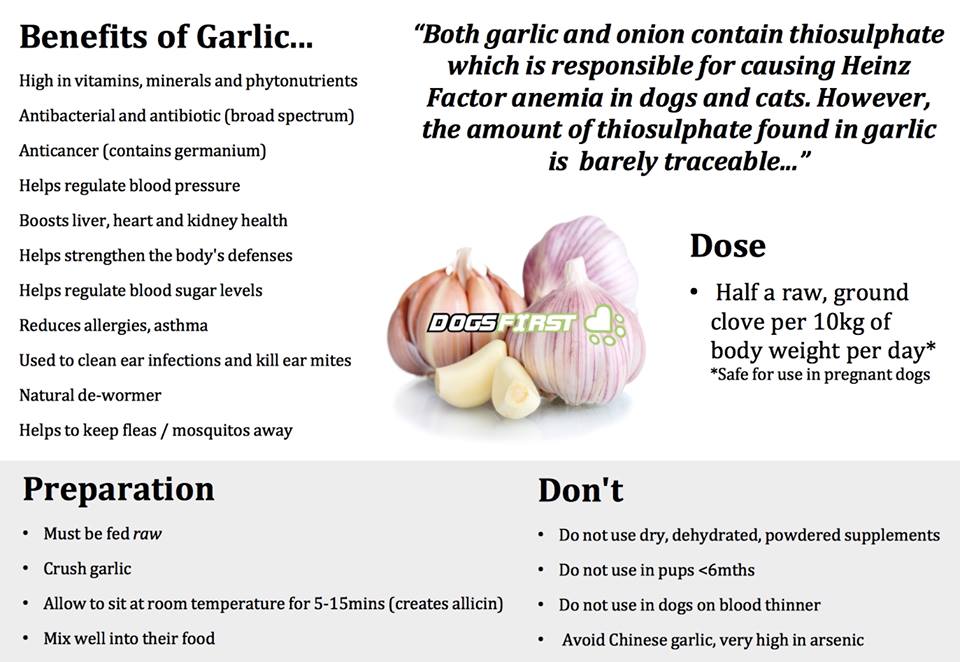
Grass
Dogs love grass but we don’t all have gardens! Pick up some a handful of wheat berries or barley grass seeds in your local health store. Grass loves good soil. For the best results, cover the poly box with a layer of clear plastic wrap (or big clear plastic bin liner) and keep it in a dim location until the seeds have sprouted. Then put them in the sun.
4. Bring Them Back to Whereever you got ’em…
Most companies will be delighted to get their polystyrene boxes back. They migth even give you a little reward, should the box be in good condition. I’d put a bit of pressure to get a little something for your effort too, as these boses can cost the company €2-€3 each!
5. Recycle Your PolyBoxes at a Local Depot
When it comes to recycling your polystyrene boxes you have a number of options. First off, cheekily, many of the big electrical stores have a polybox collection point. Ask the friendly manager would they mind you leaving your polyboxes in there. It’s a bit cheeky as your boxes didn’t come from their products but one call to my local Powercity revealed they don’t mind, the boxes are collected FOC from them for recycling.
The Fate of PolyStyrene Boxes in Your Bin
Many different companies and operations work collectively in our waste industry. Here in Dublin / Wicklow area we have a huge number of private waste / green bin collectors such as Thorntons, Greenstar, Panda. After a few calls, none of these private collectors actually recycle polystyrene. Some write this on their bins “do not include Polystyrene”. Others may permit it to be included in their green bins, in that they empty the bin without leaving it on the kerb, but know that these companies do not have the ability nor facility to truly recycle this material. It is destined for waste. In this respect there are two options – landfill or incineration.
If it goes to landfill EPS is as stable as brick. It doesn’t break down. It just sits there. It’s not ideal but we don’t expect to be drinking it in the near future. So there’s that. Re incineration, the by products are water, carbon dioxide, “some volatile gases” (this is the worrying part) as well as carbon soot. Interestingly, in relation to the soot it produces, one of tonne of paper cups creates around 100kg of soot whereas a tonne of polystyrene cups produces only 10kg of ash. If it was just the ash we were worried about, it’d be great!
Recycling Centres That Take Your Expanded PolyStyrene Boxes
Recycling EPS boxes requires specialised machines. Not everyone has them as, until recently, it hasn’t been profitable to set up this way. They crush them down and then a special machine liquifies it, ready to be used in plastic coat hangers, garden furniture, plastic mouldings and many other things.
In Ireland, this process is largely done by Rehab Recycling. They have three depots where you can bring your polystyrene boxes:
- Ballymount, Ballymount Avenue, Dublin 12
- Rehab Building, Kylemore Road, Ballyfermot Dublin 10
- Rehab Recycle, Monahan Road, Cork
Asides Rehab, there are a great number of recycling depots run by your local council and most of these do take polystyrene. Please note that you need to ring them and ask them a) do they accept polystyrene and b) is this polystyrene recycled? The second bit is important as some may take it and send it to landfill.
I did a bit of research on the Dublin / Wicklow ones and found a) most accept it and b) most send it for recycling (it’s picked up by Rehab in large, crushed bricks, as above). In this respect, you can leave your polystyrene boxes in the following centres and they will recycle it for you:
- Eden Park Recycling Centre, Glasthule (beside Sandycove dart station), Dun Laoighre, Dublin
- Shanganagh Recycling Centre, Shanganagh Cemetery Car Park, Shankill, Dublin
- Bray, Boghall Road, Wicklow
- The Murrough, Wicklow Town, Wicklow
- Arklow, (beside the NCT, Emoclew Road), Wicklow
- Tinahely Community Recycling Centre, Fitzgerald’s Depot, Lugduff, Tinahely, Wicklow
- Avoc, Ballymurtagh, Avoca (between the Meetings of the Waters and Avoca), Wicklow
What Not to do With Your PolyStyrene Boxes…
I got very excited when a few people were recommending to line your attic floor (or rafter) with polystyrene boxes (they are easily cut with a knife, giving you lots of flat panels to tuck into places). On the plus side, this would make for excellent insulation, even if you have insulation there already, saving you money as most heat loss is out your roof (hot air rises). HOWEVER, THIS IS FIRE HAZARD. Polystyrene goes up like a match, burning quickly and producing noxious gases. Most of the insulation in your attic is flame retardant for that reason. It’s not a good idea guys, please don’t do it.

